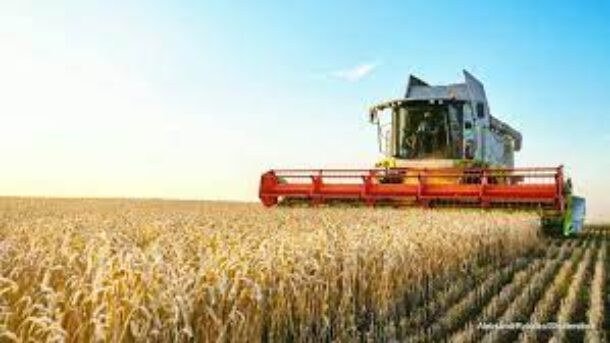Humanity only has around a decade at most before climate change has a major impact on crops in numerous corridor of the world’s “ gut regions,” according to a new study from NASA, Columbia University’s The Earth Institute, and the Potsdam Institute for Climate Impact Research. The experimenters say growers need to speed up the rate at which they acclimatize to these climate changes to avoid huge crop losses Largest protrusions so far The new study involved crop models and climate protrusions to estimate the implicit image of climate change around the globe in the coming times. According to the platoon, this study represents the largest set of crop yield protrusions therefore far, slipping light on how climate changes largely driven by mortal conditioning will impact husbandry and implicit food failure in the near future The experimenters say that eventually, indeed if ideal changes are made that help limit global temperature increases, growers around the world are still “ facing a new climate reality,” one that may affect in some countries getting more fat as others come poorer and face food instability Temperature increases are n’t the only issue driving this unborn change, with the study also pointing out that, for illustration, increased carbon dioxide in the atmosphere may increase wheat and other crop growth, but at the same time reduce the crops’ nutritive value.
Which crops will change?
Certain chief crops may be at further threat in the immediate future to climate change than others, according to the experimenters. Their crop models and climate protrusions show that, for illustration, China, the US, and Canada may see wheat crop yields increase, while at the same time sludge crops across North and Central America, Central and East Asia, and West Africa may also drop by further than 20-percent Of note, the protrusions plant that increases in wheat crop yields across northern climates may not be enough to neutralize the sludge crop losses in southern regions. Big changes in crop product may drive food instability in some places, particularly poorer countries Growers face multiple implicit factors that could impact their crop yields, including changes in rain patterns, increased failure frequence and inflexibility, and worsening heatwaves. All of these climate factors hang crop health and could affect in huge losses for those in crucial agrarian regions around the world As a result, growers may need to acclimatize to these climate changes faster than preliminarily estimated, including conforming planting and harvesting seasons to match changes in downfall patterns and further.
Poor at threat
Tragically, poorer countries and regions face the topmost impact from these changes, as numerous are estimated to face major crop dislocation in the coming decades and these same places frequently warrant the coffers demanded to buy food from the global request. The study warns that while some countries may come more fat amid these climate changes, others may witness food security problems Potsdam Institute experimenter and the study’sco-author Christoph Muller explained, “ One effect the data show easily is that poorer countries are likely to witness the sharpest declines in yields of their main chief crops. This exacerbates formerly being differences in food security and wealth.”




